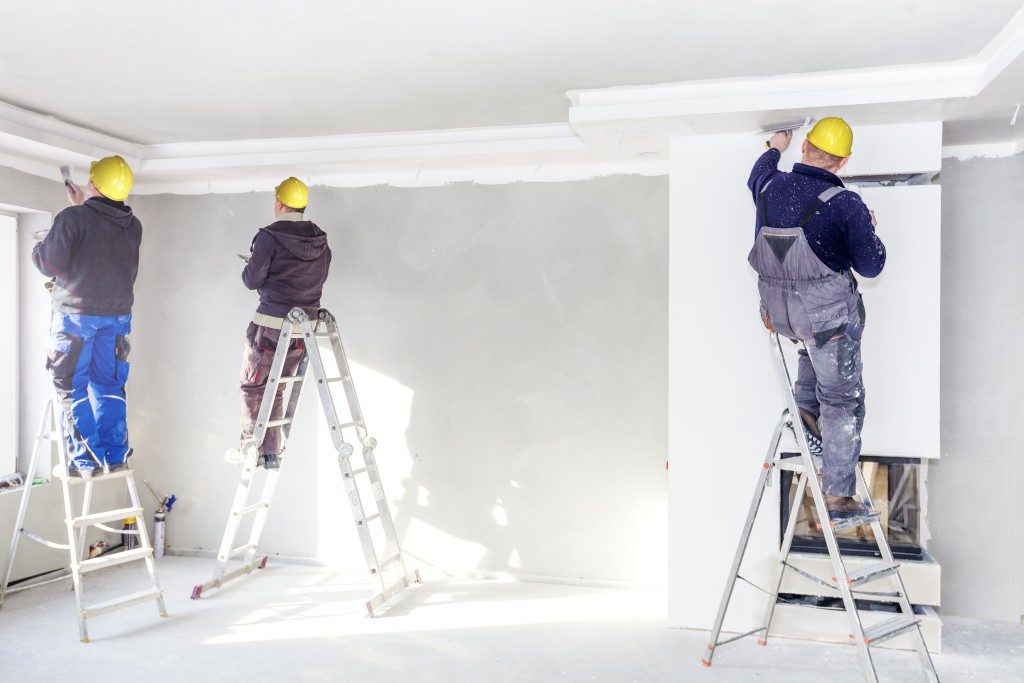A drywall project in Utah can be a messy one. The construction itself can render your interior spaces off-limits due to several hazards, and the plaster dust can pollute the indoor air of the entire house.
It is in your best interest to get the job finished no later than its expected completion date so that you can return to your normal life as early as possible. However, most drywall contractors in Park City, Ogden, Provo, and Sandy attest that keeping such an improvement on the schedule is easier said than done.
Proper planning can help ensure your drywall project goes smooth sailing from beginning to end, but not all causes of delay are within your control. To keep the job on track, follow the expert tips below:
1. Pull All Essential Permits ASAP
First of all, do not waste time to obtain all the necessary building permits. Ideally, the permit application process should commence three to four weeks ahead of your target start date. Since an average inspector’s calendar is usually busy, you need to wait in line.
Also, it is your contractor’s job to pull all of the permits and answer to the building inspector. That means you should begin looking for a reliable contractor even much earlier. When you tackle a drywall project during the peak season, which is typical during the spring and summer months, it can be hard to book the most exceptional professionals in town if you do not act fast.
2. Predict the Weather
Although this project is an internal improvement, you need Nature to be cooperative. Wet and humid conditions delay the curing time of drywall mud and cause the primer to take more time to dry. Make sure to check the weather forecast when scheduling the construction.
3. Anticipate Contingencies

A detailed estimate can give you an accurate picture of your overall cost, but there is no guarantee that you will not wind up spending more in the end. Pre-existing problems with your house’s systems are the usual unpleasant surprises contractors uncover after the construction begins.
Fortunately, an experienced contractor has the trained eye to foresee potential electrical and plumbing issues that need to be taken care of before the drywall can be installed.
Any additional work can alter the timeline of the job because more permits may be needed to be pulled and new supplies need to be bought. You can reduce the holdups, though, by having extra cash to spare.
In most cases, having additional funds equivalent to 20% of the project’s initial cost in your back pocket will suffice to process change orders quickly.
4. Discuss Progress Reports Daily
Stay on the same page with your contractor. Good communication eliminates misunderstandings and disputes that can drag out the job unnecessarily. If there is a problem, each party should be able to express any concern to the other for swift resolution and action.
Many drywall projects end up being more disruptive than initially thought. Do not let yours be one of them. Plan the job to stay ahead of potential roadblocks and head off significant delays.

